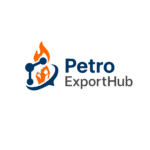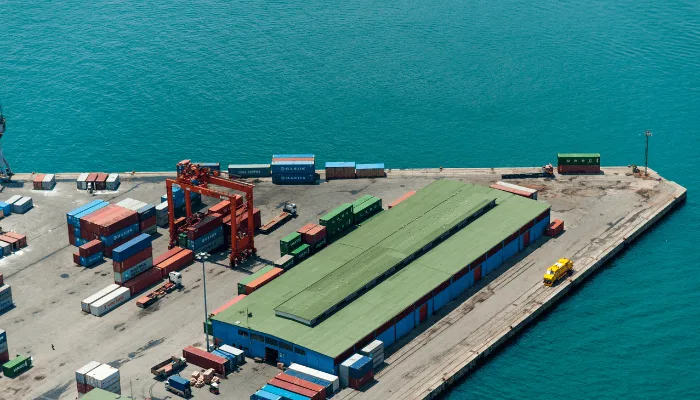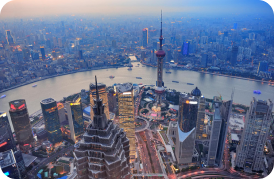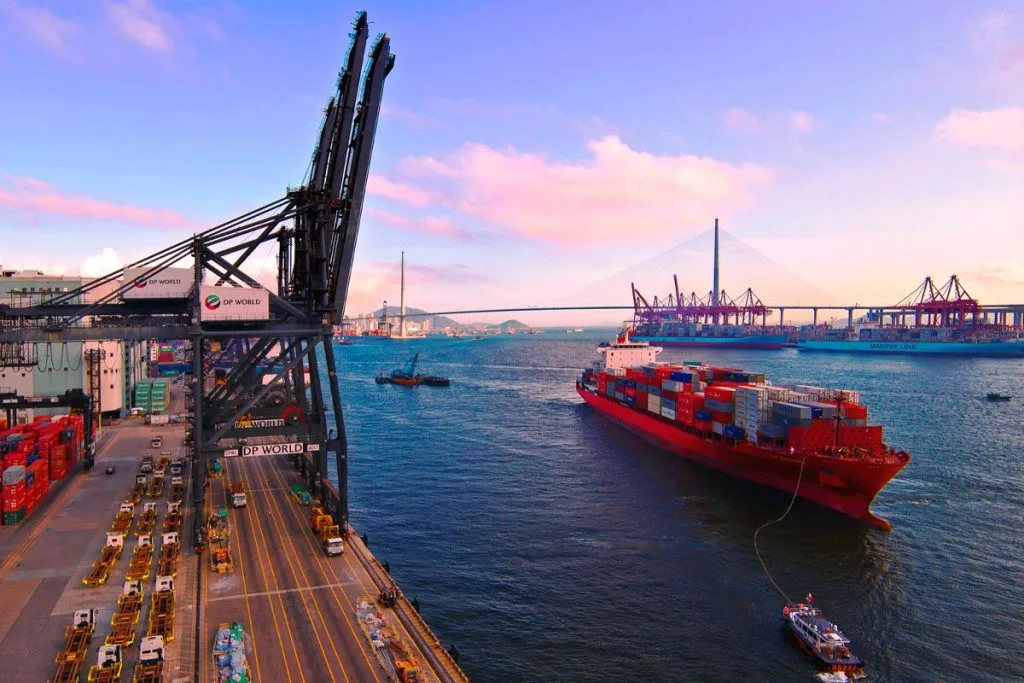
Port Infrastructure in the Middle East: Best Gateways for Petrochemical Exports
Introduction
The Middle East has become the world’s energy hub, not only for crude oil and natural gas but also for petrochemical exports such as polyethylene, methanol, urea, sulphur, and base oils. As global demand shifts towards Asia and Africa, the efficiency of port infrastructure in the Middle East plays a decisive role in determining trade flows, costs, and delivery timelines. Exporters of petrochemicals know that choosing the right gateway can be the difference between securing long-term buyers or losing ground to regional competitors.
This article explores the best Middle Eastern ports for petrochemical exports, evaluates their strengths, and explains how logistics efficiency shapes export competitiveness.
Why Port Infrastructure Matters in Petrochemical Exports
Unlike general cargo, petrochemicals require specialized facilities:
Dedicated liquid bulk terminals for chemicals and base oils.
Advanced storage tanks with strict safety standards.
Pipeline connectivity to refineries and industrial complexes.
Quick turnaround to minimize demurrage costs.
With the growth of mega-refineries and petrochemical plants in Saudi Arabia, Iran, UAE, and Qatar, the capacity of ports has expanded. Yet, congestion, geopolitical risks, and shipping costs remain key factors exporters must consider.
Top Middle Eastern Gateways for Petrochemical Exports
1. Jebel Ali Port, UAE
Strengths: Largest man-made port in the world, advanced petrochemical storage, seamless logistics via JAFZA (Jebel Ali Free Zone).
Why It Matters: Acts as a hub for re-exports to South Asia and Africa. Excellent multimodal connectivity reduces freight costs.
2. King Abdullah Port & Jubail Industrial Port, Saudi Arabia
Strengths: Direct integration with SABIC and Aramco petrochemical complexes. High-capacity berths for bulk and liquid cargo.
Why It Matters: Saudi Arabia exports millions of tons of PE, PP, and methanol annually. Jubail is a global leader in chemical shipping.
3. Bandar Imam Khomeini & Bandar Abbas, Iran
Strengths: Direct link to Iran’s petrochemical heartlands. Handles polyethylene, MEG, sulphur, and methanol exports.
Why It Matters: Despite sanctions, Iranian ports remain essential for regional buyers, especially in Turkey, CIS countries, and South Asia.
4. Hamad Port, Qatar
Strengths: Modern facilities for LNG and petrochemicals, close to Ras Laffan Industrial City.
Why It Matters: Key export hub for Qatar’s growing petrochemical sector, supplying polyethylene and fertilizers.
5. Sohar Port, Oman
Strengths: Rapidly developing petrochemical cluster, positioned strategically between GCC and Indian Ocean routes.
Why It Matters: Attractive for exporters seeking alternatives to congested Gulf ports.
Challenges Facing Middle Eastern Ports
Geopolitical tensions: Sanctions and regional conflicts affect insurance costs and transit security.
Port congestion: High export volumes often lead to vessel delays.
Rising freight costs: Logistics challenges, especially post-pandemic, add pressure on exporters.
Future Outlook: Toward Smarter, Greener Ports
Middle Eastern ports are investing in:
Digital port management systems for faster customs clearance.
AI-driven logistics to optimize cargo handling.
Green initiatives (LNG bunkering, renewable-powered terminals) to meet sustainability demands.
As global buyers increasingly value supply chain reliability, exporters who align with efficient ports will enjoy a clear competitive edge.
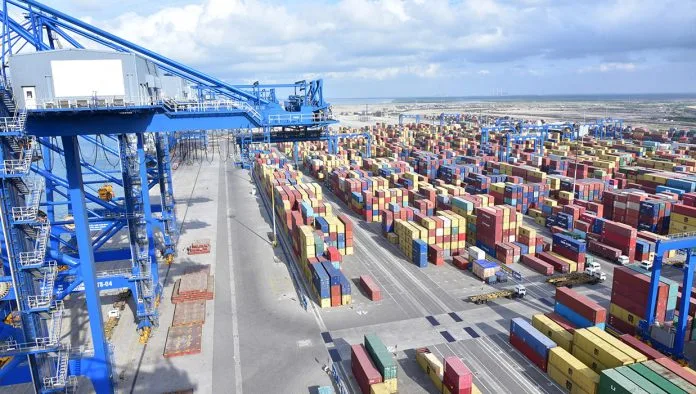
Jebel Ali, Jubail, Bandar Abbas, Hamad, and Sohar are the most important petrochemical export gateways in the Middle East.
Geopolitical and freight cost challenges remain, but digitalization and green investments are reshaping the future.
Ports with dedicated petrochemical infrastructure reduce costs and enhance competitiveness.
Would you be looking for suppliers in Iran?
- Contact Us today and get connected with producers and export-ready logistics.
- sales@PetroExportHub.com

Related posts
Mono Ethylene Glycol (MEG) serves as a cornerstone for modern antifreeze and coolant formulations, offering reliable freezing protection and heat resi . . .
Explore Solvent 100’s specs, uses, and export opportunities from Iran. Ideal for paint, ink, and adhesive buyers in India, Turkey, UAE, and Africa. . . .
Explore everything you need to know about exporting sulphur from Iran in 2024 — including types, packaging, documents, ports, prices, and top import . . .
Explore Iran’s top ports for petrochemical exports, including Bandar Imam Khomeini, Assaluyeh, and Bandar Abbas. Compare infrastructure, accessibili . . .
Learn the key differences between polypropylene (PP) and polyethylene (PE), their applications, advantages, and how to choose the right polymer for yo . . .
Discover how a Turkish plastics manufacturer reduced costs by 22% through importing HDPE from Iran. Real-world case study by PetroExportHub. . . .
Learn why Iran is a leading exporter of polyethylene (PE). Discover grades, global applications, and how PetroExportHub connects buyers with top suppl . . .
We are here to answer your questions....
Petro Export Hub
PetroExportHub specializes in the export of premium-grade petrochemicals, minerals, and industrial chemicals from Iran, serving international markets with reliability, transparency, and tailored logistics solutions
Tehran Office
Phone:
0214865484 | +989127607241
Address:
Tehran..
China Office
TEL :
0211400
Address:
Zhongzhou Bie Lu, Zhongcheng Street, Yiwu City, Zhejiang Province, China
Quick Access
Quick Access
- Contact Our Sales Team
- Frequently Questions
- Shipping & Logistics
- Become a Partner
- Certificatins & Quality
